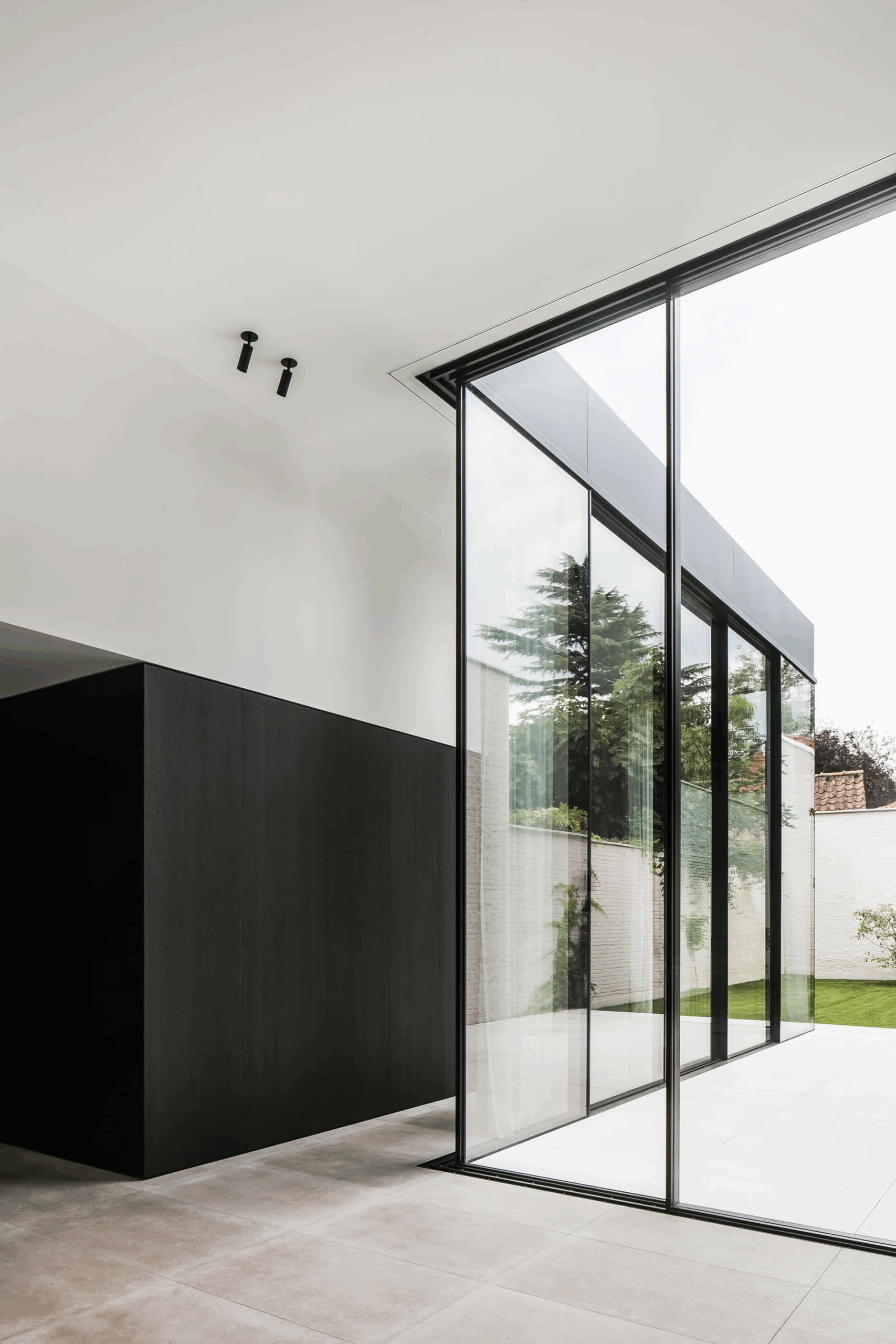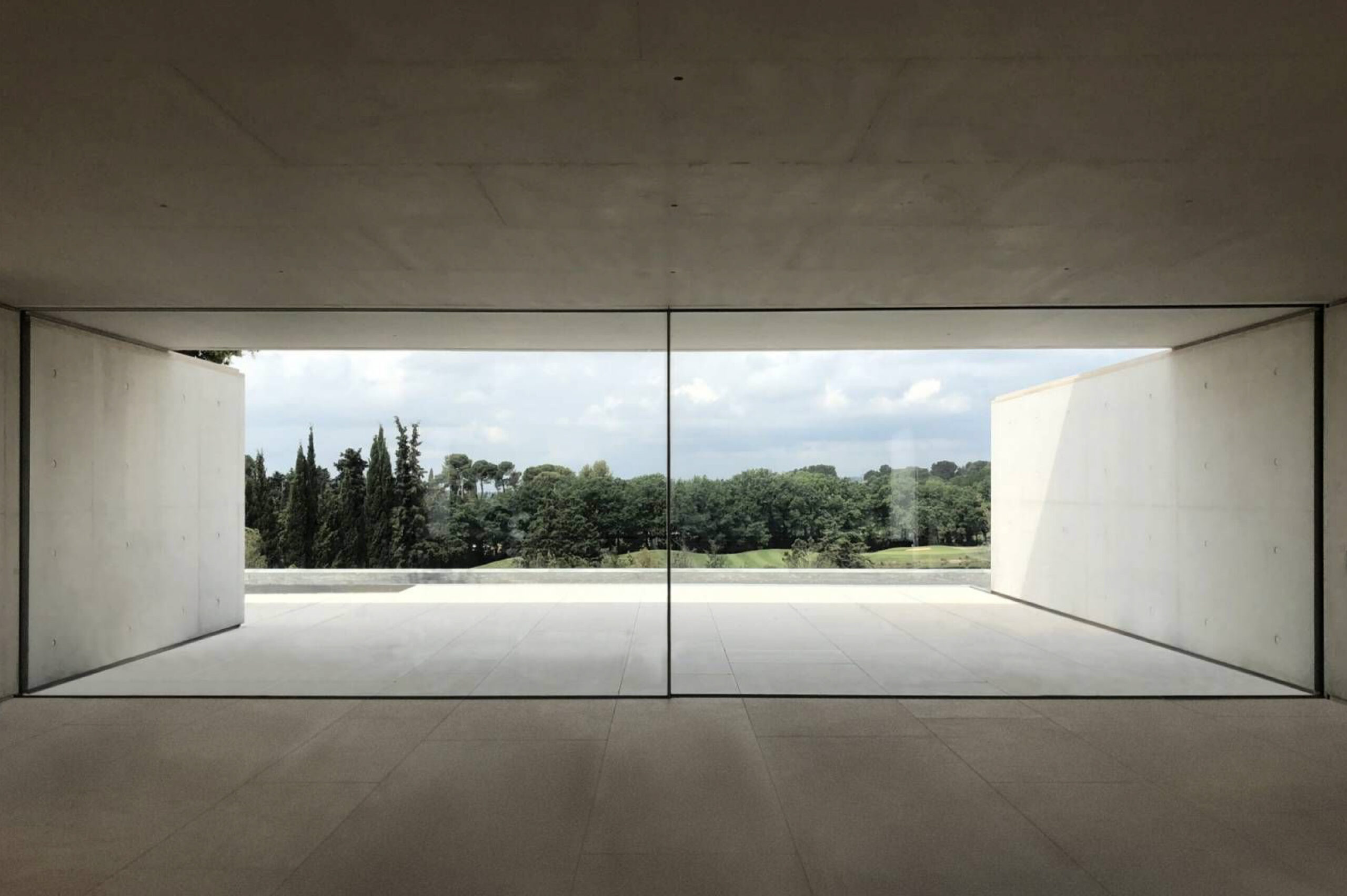Minimalist architecture focuses on creating purposeful, simple, and elegant spaces—values that align closely with OTIIMA’s philosophy. Here’s a closer look at the key principles of minimalist design:
In minimalist architecture, every design choice is made with purpose in mind. This means prioritizing utility over decoration. By focusing on what’s essential, spaces become more livable and easier to navigate. This approach improves usability and reduces clutter, allowing people to appreciate the beauty of simplicity.


Giessen House | architecture John Pawson | © Harry Crowder
Creating airy, open floor plans is key to creating a calming environment. Open spaces promote a sense of freedom and movement and allow natural light to fill the area. This design principle encourages flexibility, making it easier to adapt rooms for different activities and improving the overall livability of a house.
Large windows are a defining feature of minimalist design. They maximize natural light, reduce the need for artificial lighting, and help connect the indoors with the outdoors. Enjoying views of nature can enhance daily life and promote well-being and tranquility. At OTIIMA, our window solutions enhance these natural connections while being energy efficient.
In minimalist architecture, raw, authentic materials like glass, concrete, and wood are important. These materials are valued for their natural qualities, adding warmth and authenticity to space. At OTIIMA, we focus on using high-quality materials that look good and perform well. This makes buildings sustainable and energy-efficient while maintaining a clean aesthetic.



House in St. Niklaas | architecture Element Architecten | © Cafeine
A neutral color palette is essential to creating timeless designs that blend with their surroundings. Soft, earthy tones create a calming atmosphere that allows architectural features to stand out without overwhelming the space. This approach promotes a sense of unity and tranquility, making it easier for residents to personalize their homes with minimal distractions.
Minimalism requires precision and attention to detail. Clean lines, smooth transitions, and subtle details are essential to minimalist design. This careful attention ensures that every part of the architecture contributes to the overall harmony of space. At OTIIMA, our window and facade solutions reflect this principle, enhancing the architecture while providing durability and functionality.


Villa Guadalmina | architecture 969 arquitectos | © Fernando Alda
Applying minimalism to architecture means balancing form and function, space and materials. By following these principles, you can create beautiful spaces and encourage a lifestyle of simplicity and clarity.
